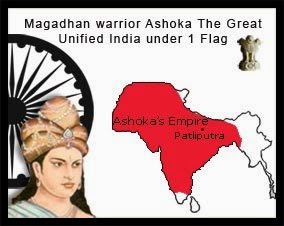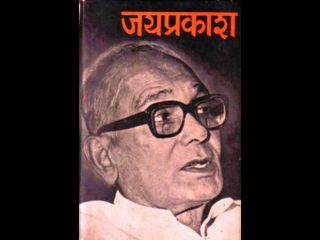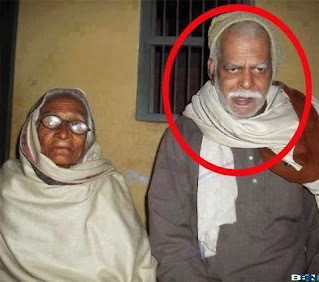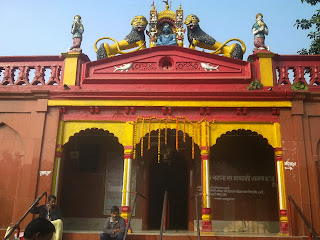Facts about "BIHAR" or "BIHARI'S"
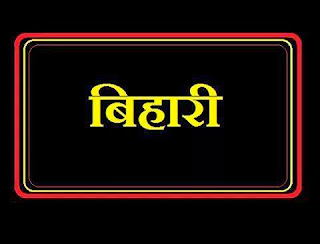
'Bihari' B ihar is not about having Ras-bihari (criminals/ goonda) as portrayed by Indian movie industries (Bollywood,Telugu and Tamil). Bihari is not a bad word as depicted by rest of Indians. few common Bihari are:- Dr. Rajendra Prasad-your first president. Tulsidas- writer of Ramchritramanas. Kalidas-another great writer. Post service start here by Shershah Suri(only emperor who ruled Mughal). It gave the world its first Republic. Here Buddha(God for Chinese) gave his first thought. It had the world’s most ancient (Nalanda) university. Chanakya (grandfather of economics) wrote here the first book on Economics. Mahavir founded Jainism here. Valmiki wrote Ramayan, the greatest Epic of World. Rishi Shushrut, the father of surgery,lived on the soil of Bihar. Vatsayana(again a bihari) wrote Kamasutra, the complete art of sex and love. Aryabhatt (discover decimal and zero), the great ancient mathematician was also from Biha


